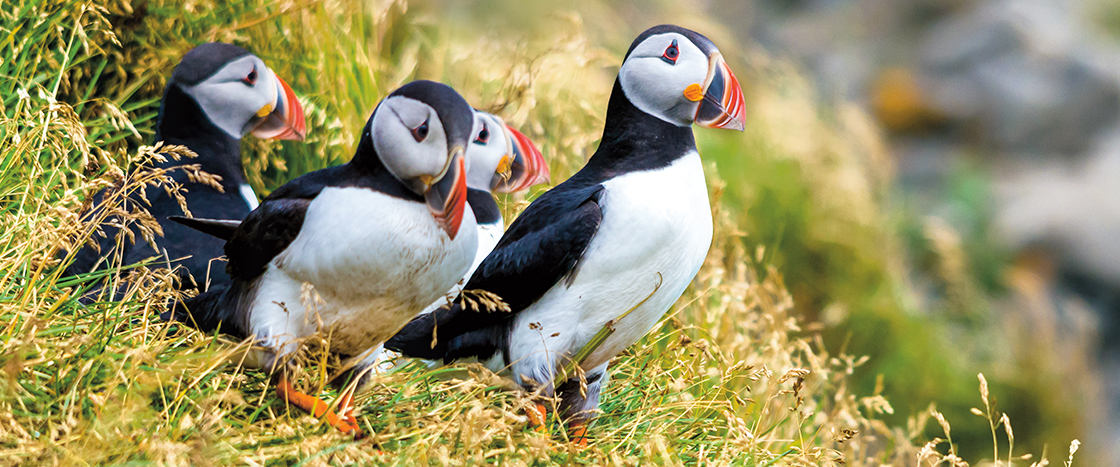COURTESY OF STEPHEN BROWNE
Addison Browne holds a baby puffin she rescued with the Puffin Patrol.
The night last August was cold and drizzly, but Addison Browne was excited to be out of bed. The 12-year-old was in a parking lot in Witless Bay, a town in Newfoundland, Canada. She pointed her flashlight under a parked car and found what she was looking for: a young puffin, looking lost and frightened.
Addison gently pulled the small bird out and set it down in a plastic crate. She breathed a sigh of relief. The baby puffin, called a puffling, was safe.
Addison is a member of the Puffin Patrol. Every summer, the group of volunteers saves pufflings that have become lost on their way to the sea. Since 2010, the Puffin Patrol has rescued more than 4,000 birds.
The night last August was cold and drizzly. But Addison Browne was excited to be out of bed. The 12-year-old was in a parking lot in Witless Bay. That’s a town in Newfoundland, Canada. Addison pointed her flashlight under a parked car. She found what she was looking for. It was a young puffin. It looked lost and scared.
Addison gently pulled the small bird out. She set it down in a plastic crate. She let out a sigh of relief. The baby puffin, called a puffling, was safe.
Addison is a member of the Puffin Patrol. That’s a group of volunteers. They save pufflings every summer. The little birds have become lost on their way to the sea. The Puffin Patrol has rescued more than 4,000 birds since 2010.

